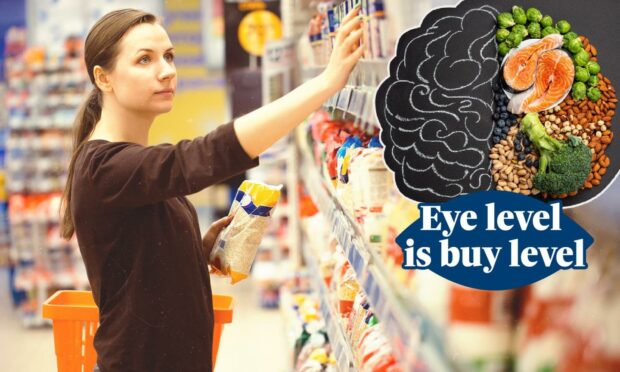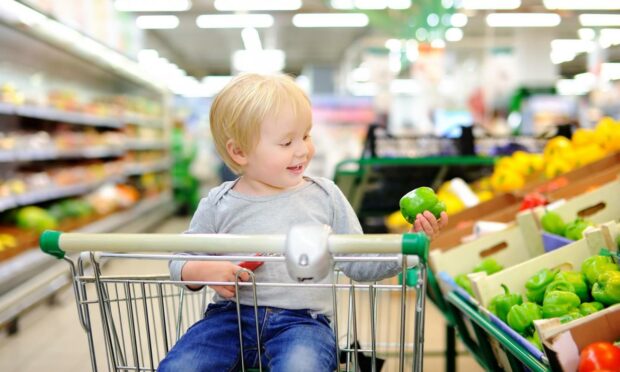With the weekly or daily supermarket shop a ritual many carry out, it’s easy to get caught up in grabbing that last can of tinned tomatoes before realising you’ve picked up one of the most expensive brands in the shop.
Did you know that placement is key for all products when making deals with supermarkets?
This industry is very much focused on ‘eye level is buy level’ products and is very clever at getting the products they want us to buy into our hands, all by using marketing tricks and psychology.
The main aim for us regular shoppers is to try and spend the least amount of money possible. On the contrary, the main aim of supermarkets is to encourage us to spend as much money as possible.
Since the first UK supermarket opened in 1919, the tactical placement of products has been crucial in increasing the amount, or type of product, that an individual will purchase.
If the last 100 years has taught us anything, it is that in many cases supermarkets can make us impulsively buy any food, even if we don’t exactly need it. But how?
Eye level is buy level
The famous term ‘eye level is buy level’ is used by many supermarket strategists to ensure that certain products are picked up and bought over other products.
A recent study on consumer attention revealed that buyers are more likely to give attention to items on their right side when traversing through an aisle.
The study also found that the product placement which has the greatest ability to capture attention is 14.7 inches below eye level and upward to meet eye level.
If we take a look at the image above, many individuals carrying out their daily shopping will choose items that are directly in front of them, or one shelf below.
These positions are the easiest for adults shoppers to browse and find what they are looking for.
Children are targeted as much as adults
A question which may arise is that not all shoppers are the same height, so surely this would not make such a massive difference?
Let’s look at another scenario, where you are a parent taking your young child to the supermarket.
What happens as soon as your child sees a food item they can grab?
They will place the item in your basket, without you even knowing, and by the time you arrive at the till it is too late.
In many stores, bright and colourful items will be placed on the lower shelves to attract the child’s attention or at waist height for those children sitting in trolleys.
In this way, the purchasing behaviour of both adults and children can be targeted simultaneously, further increasing potential sales.
How does this relate to brands?
In most cases, consumers will stick to brands they like or are familiar with and are around 59% more willing to try a new product from that same brand.
When it comes to in-store supermarket shopping, merchandisers will also present own brand goods at eye level to encourage customers to try and buy their products over potential competitors.
In addition, many brands will pay for premium eye level placement in supermarkets, as people will habitually buy, or try, their products if they are at eye level.
How to avoid the marketing tricks
Simply being aware of these tricks being used is the starting point for avoiding these types of marketing techniques.
Ensuring that you look at all the shelves rather than just the ones at eye level can help you to make cheaper and healthier choices.
As well as this, try using ingredients or food from new brands – in many cases, this can help you find a new favourite cooking ingredient for your dinner.
This article is part of an ongoing series where topics around food and drink and behaviour will be discussed.
If you have any suggestions on topics you would like to read about, please provide your suggestions in the submission form below.
Mariam Okhai is a food and drink journalist who also researches food behaviour.
She has a Masters in Behavioural Science for Management from the University of Stirling. Her undergraduate degree was in Psychology and Business Economics with Marketing.
She is also a certified habit coach.
You can find out more about her research on her Behavioural Foodie website.



